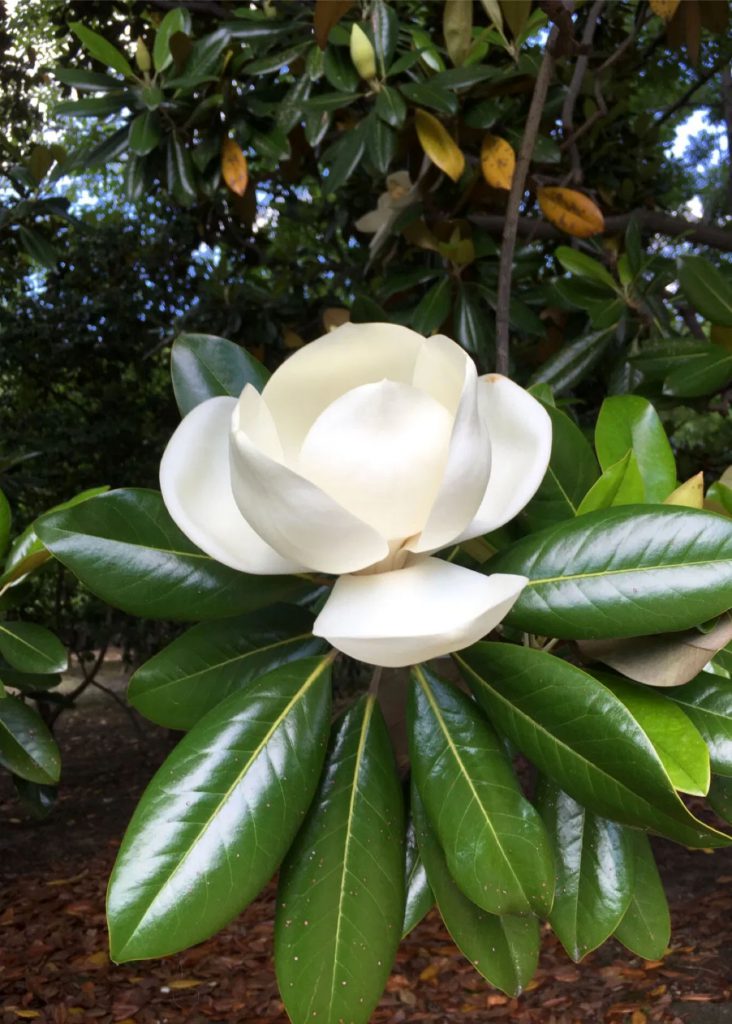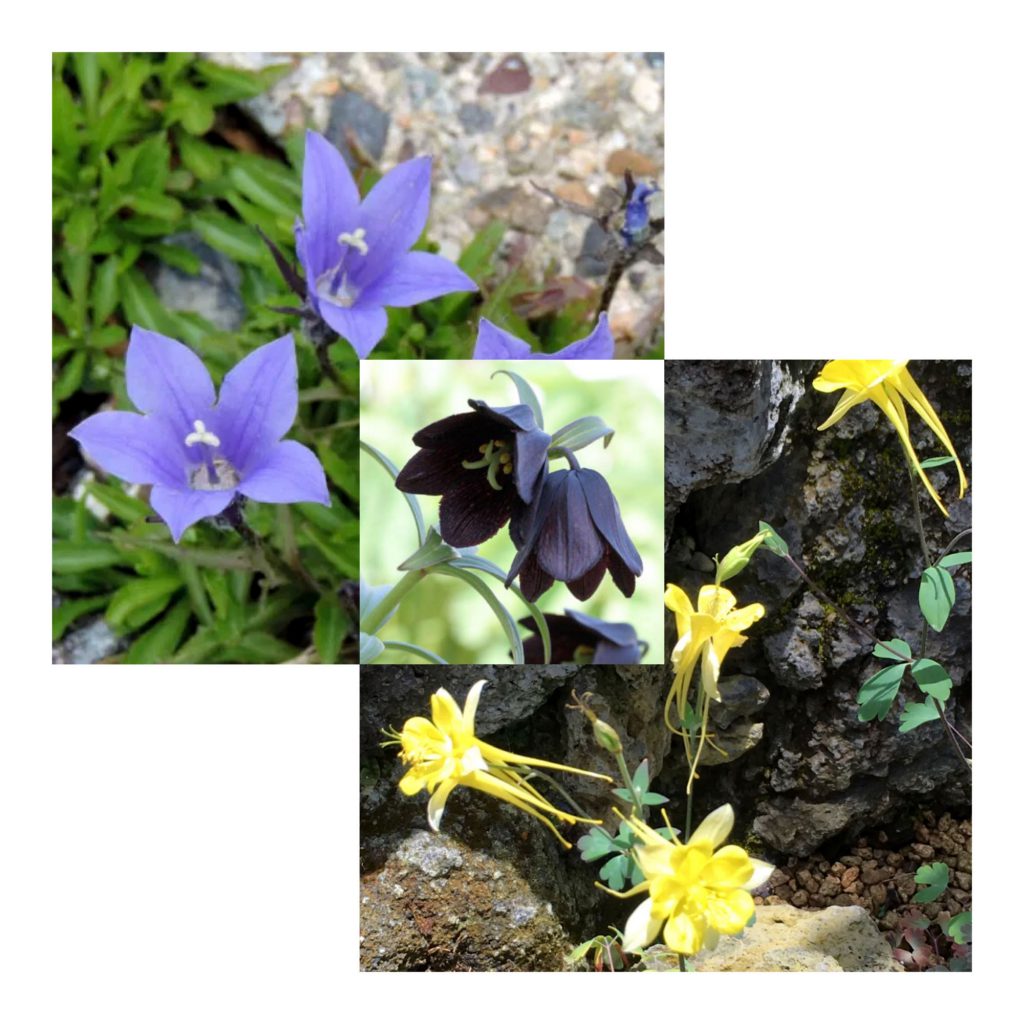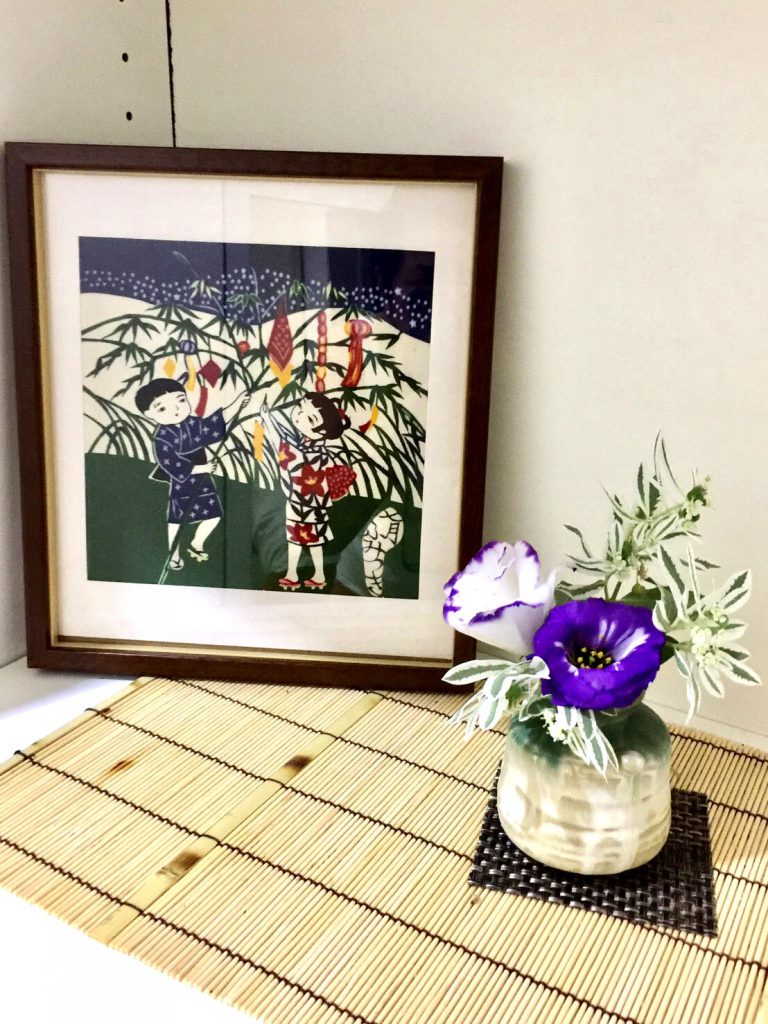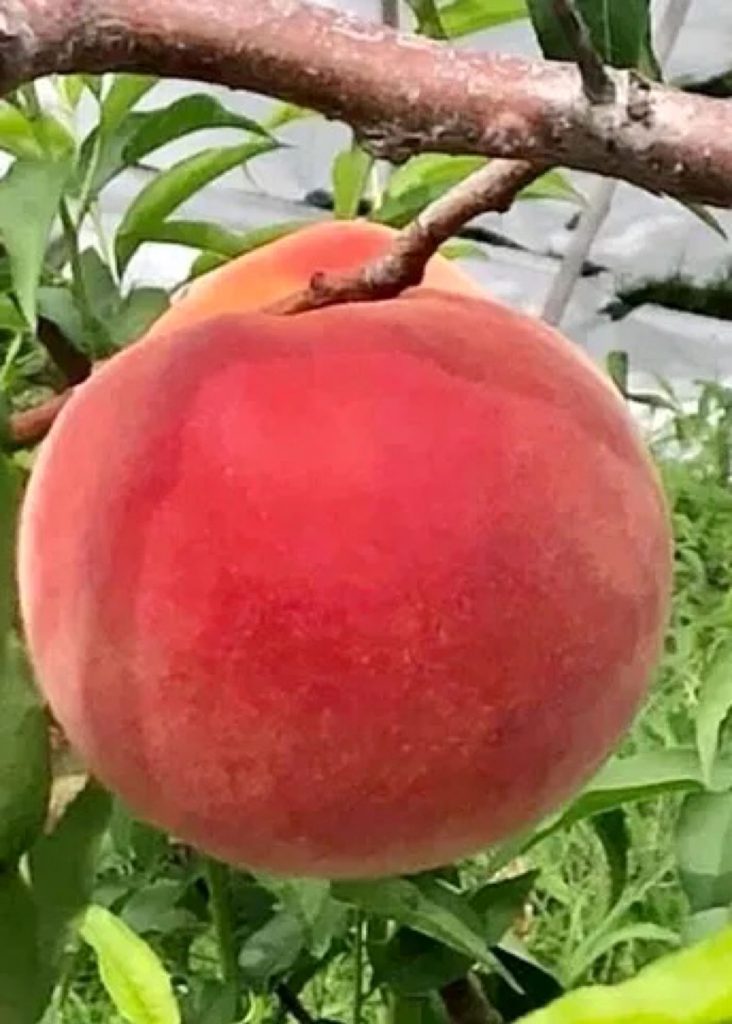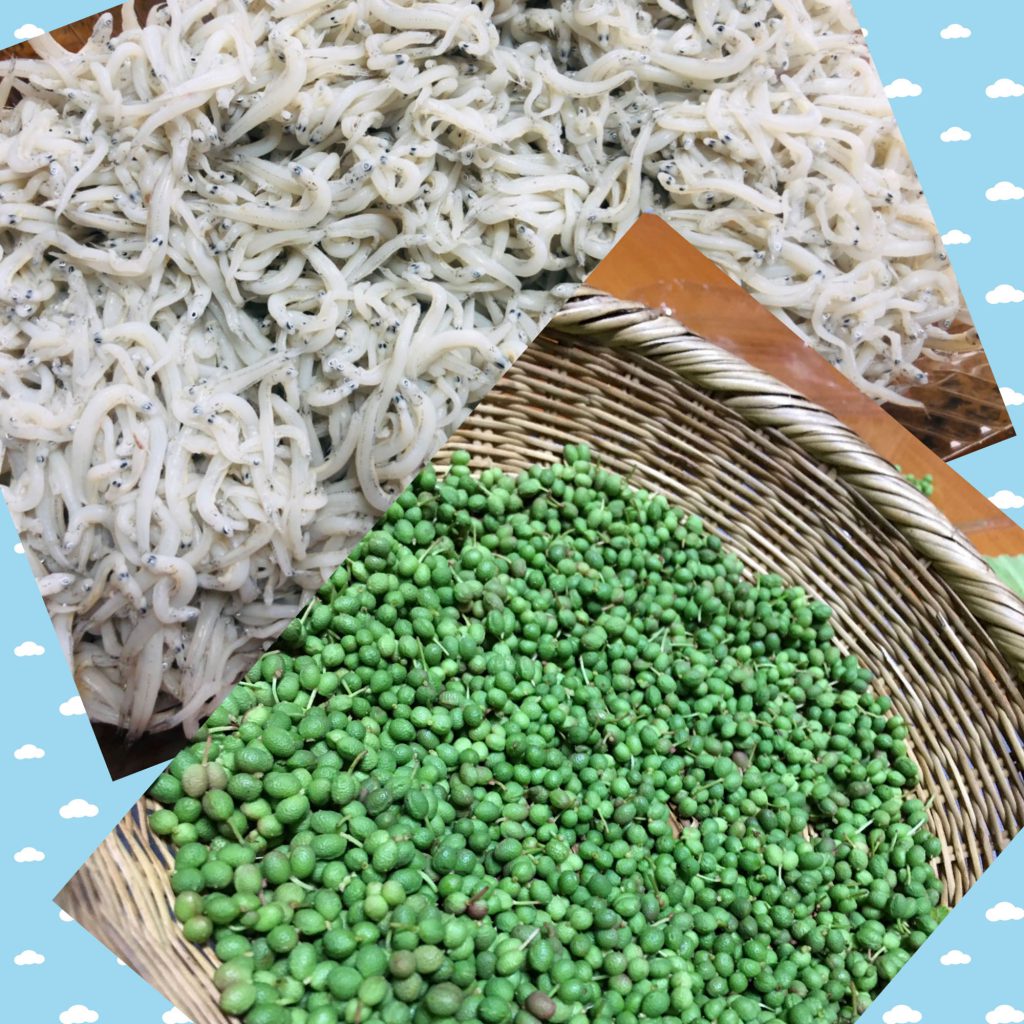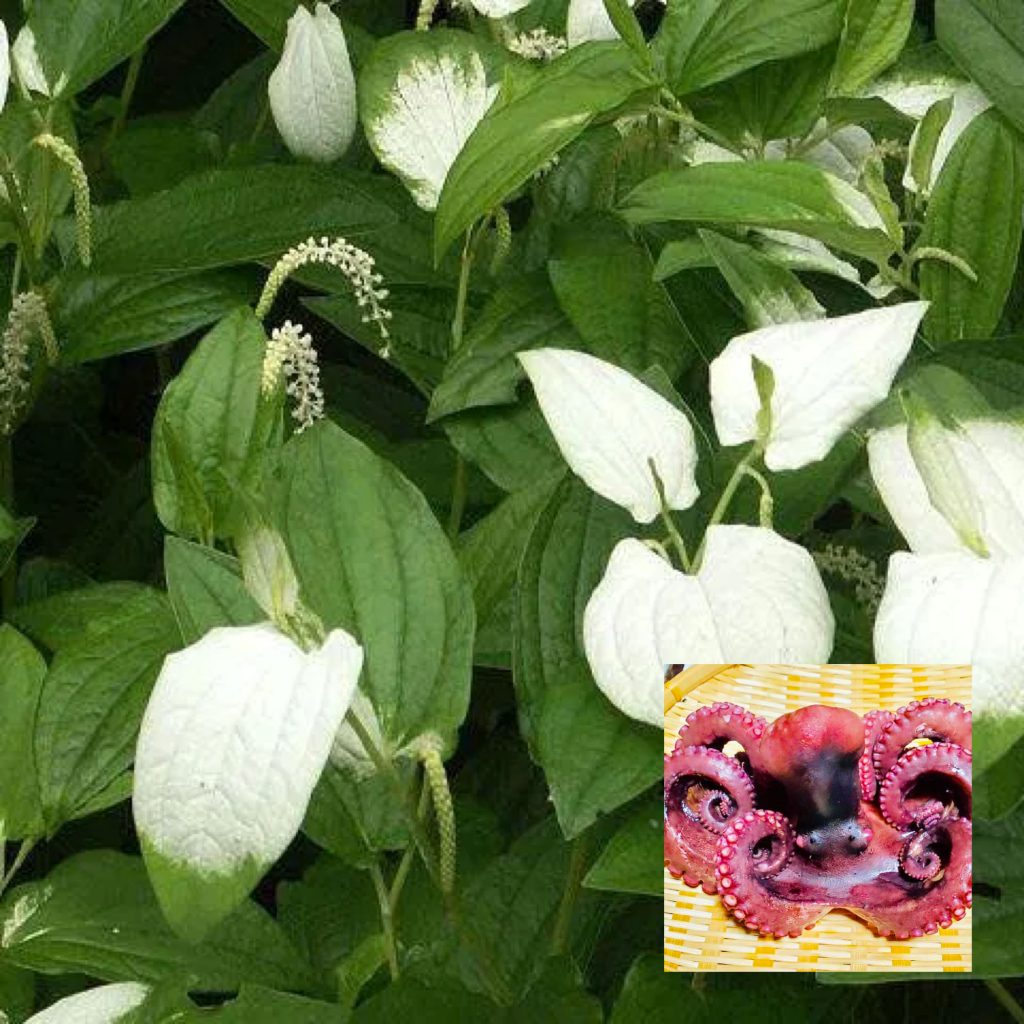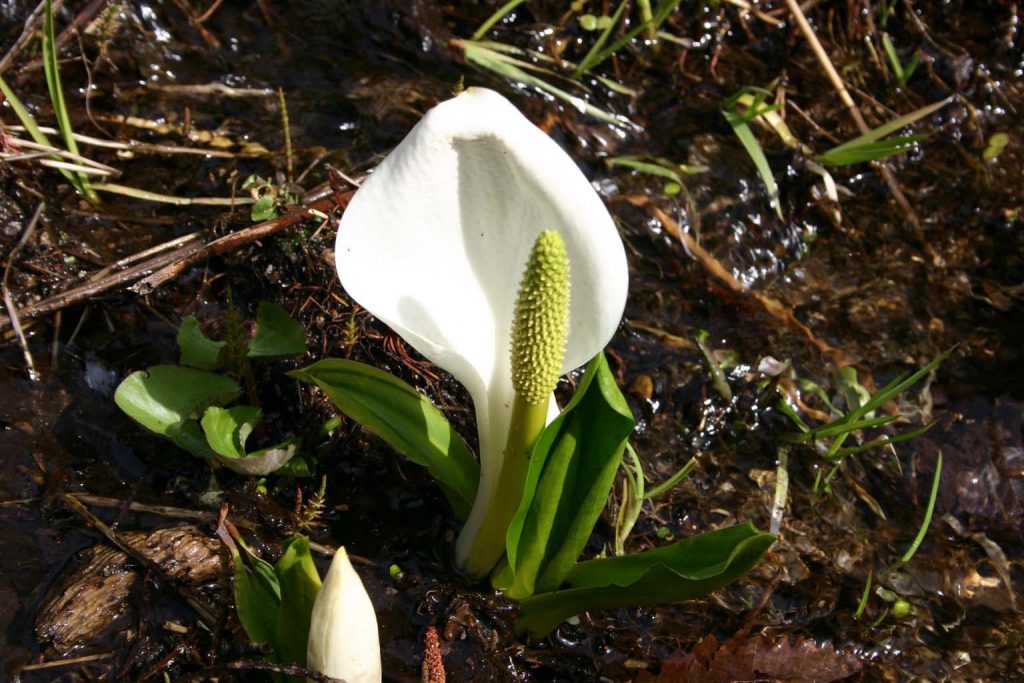
“I remember when summer comes … The flowers of Mizubasho(skunk cabbage) are in bloom” is a famous song “Summer Memories” that sang the scene of Oze. It’s a song that makes me want to hum when I see the scenery of the white cumulonimbus clouds spreading in the blue sky after the rainy season. Thanks to this song, Oze became famous, and the image of Mizubasho as a summer flower spread. Surprisingly, there are many people who come to Oze to see the Mizubasho but regret that they could not see it. Mizubasho is also listed as a summer season word in the Saijiki(a haiku poet’s compendium of seasonal terms). However, in reality, the flowering time of Mizubasho is from April to May in the lowlands and from May to July after the snow melts in the highlands. The lyricist Shoko Ema saw Mizubasho in Oze and wrote this lyrics with nostalgia for Mizubasho on Mt. Iwate that she saw when she was a child. This seems to be the cause of the seasonal shift. Mizubasho in the photo was taken in July at Tsugaike near Mt. Shirouma.
「夏がくれば思い出す・・・水芭蕉の花が咲いている」、尾瀬の情景を歌った名曲『夏の思い出』です。梅雨が開けて、真っ白な入道雲が青空に広がる風景を目にするとふと口ずさみたくなる歌です。この歌のお陰で尾瀬は有名になり、水芭蕉は夏の花というイメージが広がりました。水芭蕉を見るために尾瀬に来たのに見ることができなかったと残念がる人は意外に多いです。歳事記にも水芭蕉は夏の季語として記載されています。しかし実際には水芭蕉の開花時期は低地では4月から5月、高地では融雪後の5月から7月にかけてです。作詞者の江間章子さんが尾瀬の水芭蕉を見て、幼少のころ見た岩手山の水芭蕉を懐かしんで作詞したのが『夏の思い出』です。これが季節のズレが生じた原因のようです。写真の水芭蕉は白馬岳近くの栂池で7月に撮ったものです。

